Data modeling: Designing your data structure
When you're storing or viewing data with your app, an important part of the design is the data structure. Consider not just how the data will be used in one specific app or screen, but how others will use the data. Referring back to your personas, tasks, business process, and goals will help you define what data to store and how to structure it.
Tip
Although it was written for the Access database, this article about data design basics has a good general discussion of data modeling principles: Database design basics.
Let's take the following expense report as an example.
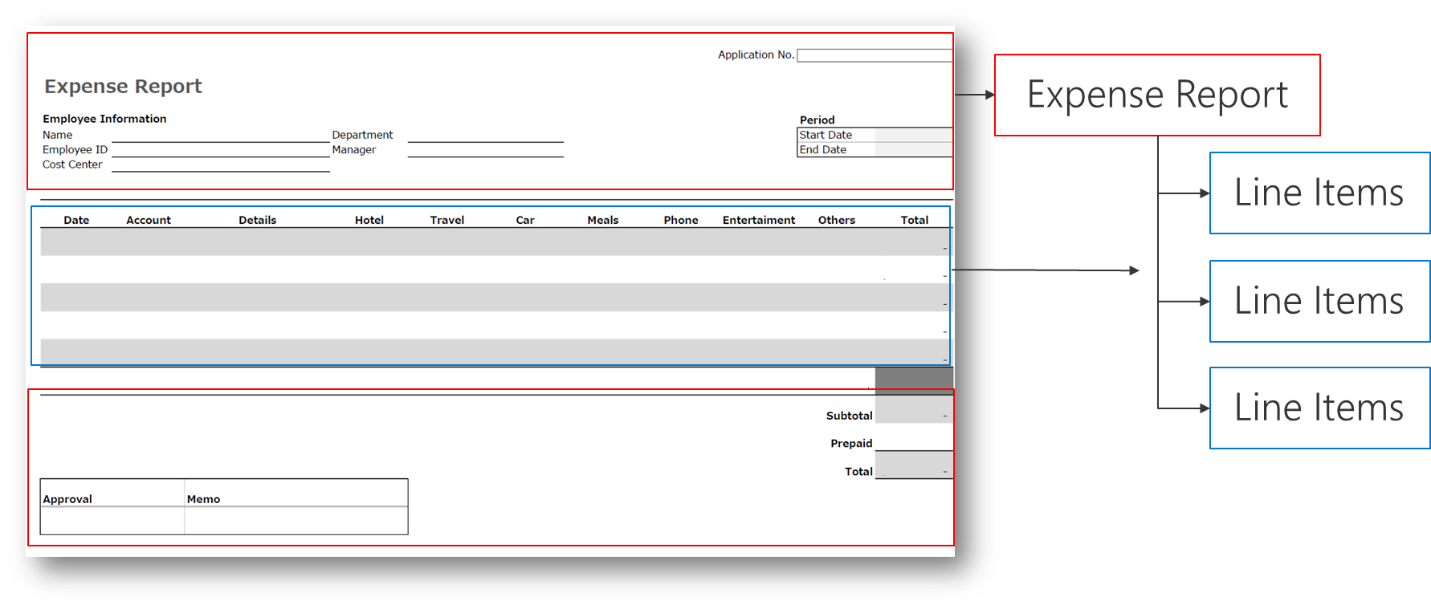
You see the main part of the expense report, which has the employee name and department details. Below the main part, you see multiple rows of descriptions for each purchased item. Let's call these the line items. The line items have a different structure from the main part of the expense report. So we can say that for every expense report, there are several line items.
To store this kind of data to a database, we need to model the data structure in the database design.
One-to-many (1:N) data structure
This is the type of data structure that was described in the preceding example. The main part of the expense report is linked to several line items. (You can also see the relationship from the perspective of the line items: many line items to one expense report (N:1).)
Many-to-many (N:N) data structure
Multiple to multiple data structure is a special type. This is for cases where multiple records can be associated with multiple set of other records. A good example is your network of business partners. You have multiple business partners (customers and vendors) that you work with, and those business partners also work with multiple colleagues of yours.
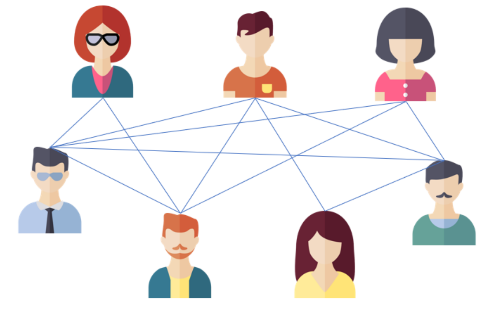
Data modeling examples
There are several types of modeling that can happen with a system. Let's go through a couple of examples.
Example 1: Time-off approval request
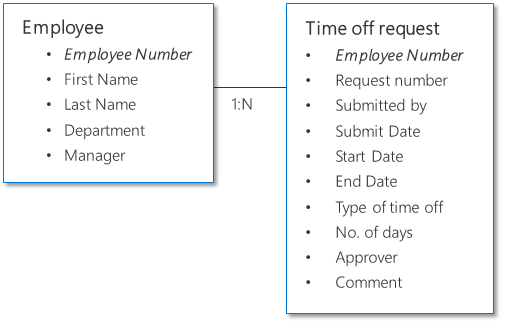
This simple example show two sets of data. One is the employee, the other is the time-off request. Because each employee will submit multiple requests, the relationship here is one-to-many, where "one" is the employee and "many" are the requests. The employee data and time-off request data are related to one another by having the employee number as the common field (also known as the key).
Example 2: Purchase approval
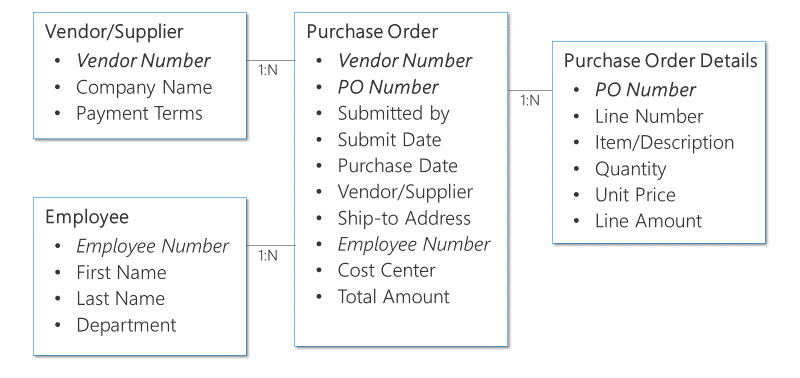
Here, the data structure looks quite sophisticated but is very similar to the expense report example that was discussed at the beginning of this article. Each vendor or supplier is associated with multiple purchase orders. Each employee is in charge of multiple purchase orders. Hence, both these sets of data have a one-to-many data structure.
Because employees might not always use the same vendor or supplier, vendors are used by multiple employees and each employee works with multiple vendors. Hence, the relationship between employees and vendors is many-to-many.
Example 3: Expense reporting
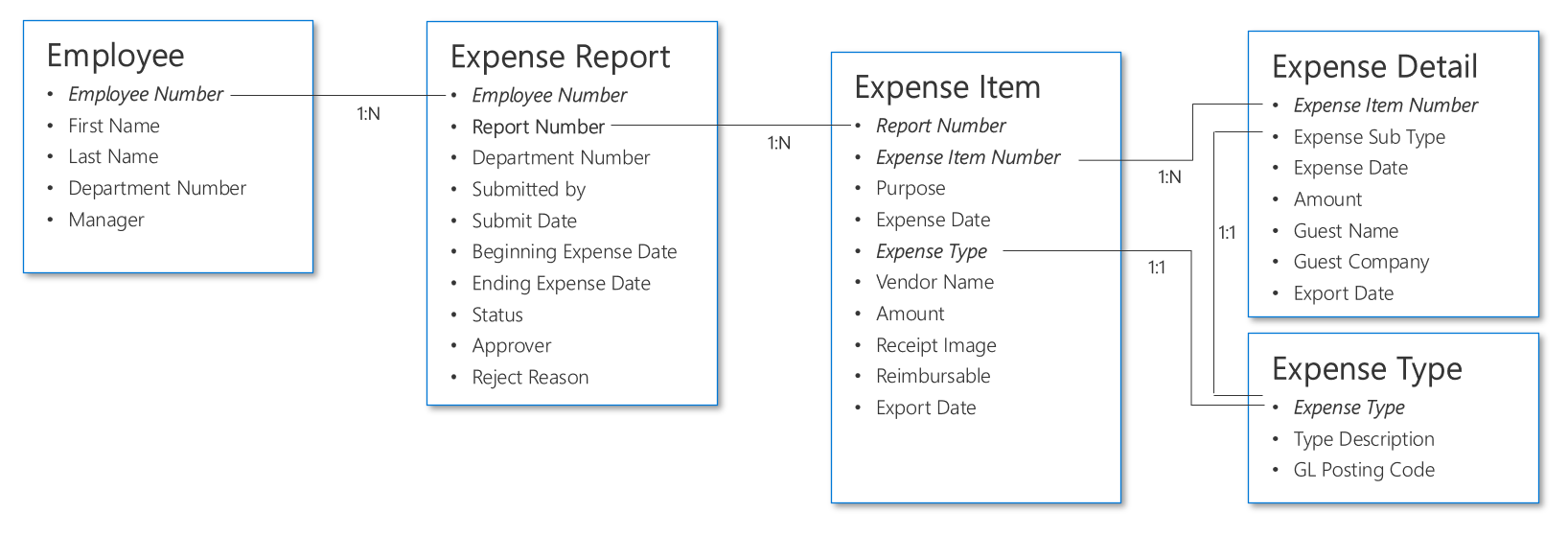
Feedback
Coming soon: Throughout 2024 we will be phasing out GitHub Issues as the feedback mechanism for content and replacing it with a new feedback system. For more information see: https://aka.ms/ContentUserFeedback.
Submit and view feedback for